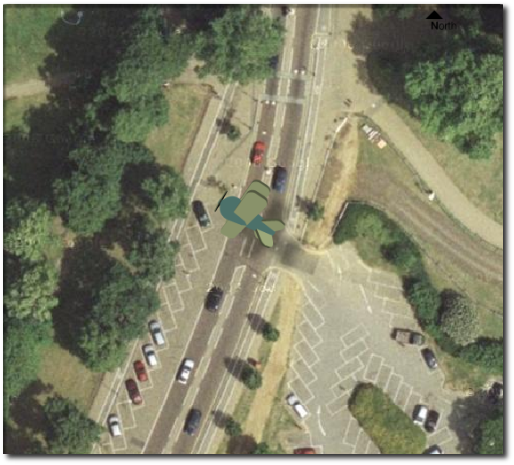


Home-grown technology chains like this can get unwieldy quickly - the last thing you want as an engineer is to fight the disparate tools you are using or jump across too many of them to get your daily work done. In creating this cycle, we thought carefully about how to best empower our engineers. Having full control over our entire ecosystem of tools and technology gives us a competitive advantage: better technology that’s specifically designed for our needs, and much faster iterations. To be successful, we needed to build both the AV tech that’s out on the road and the ecosystem of tools our engineers use internally. In January 2022 we reached a major milestone - members of the public took their first fully driverless rides in San Francisco.ĭeveloping an urban fleet of fully autonomous vehicles is an incredible challenge. This level of complexity makes San Francisco, America’s second densest city, an ideal environment for testing the most advanced self-driving technology found in today’s autonomous vehicles (AVs).Ĭruise has been focused on tackling city driving since 2013, and with more than 3 million autonomous miles under our belt, we are getting close to delivering an all-electric, shared, self-driving service. Narrow streets, busy pedestrian traffic, and an extensive network of bicycle routes make driving through San Francisco roughly 40 times more complex than driving in a suburban environment, according to Cruise data. San Francisco’s roads are a notoriously tough place for people to drive.


 0 kommentar(er)
0 kommentar(er)
